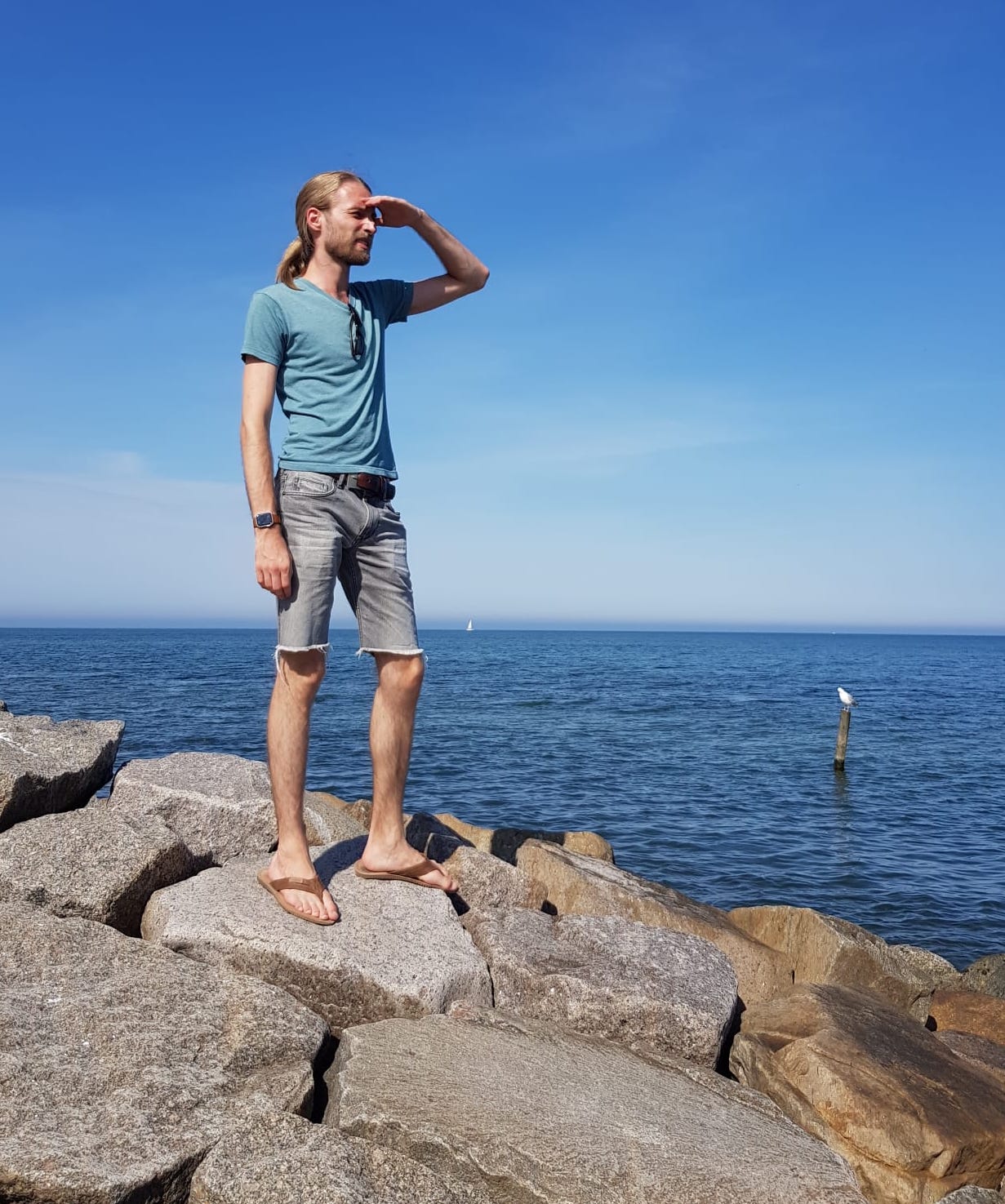Maurice Schleußinger

Hey there!
selected publications
- Immersive Information Seeking–A Scoping Review of Information Seeking in Virtual Reality EnvironmentsMaurice Schleußinger, Preben Hansen, and Robert RambergJournal of Information Science May 2023
Recently, virtual reality (VR) technology has become more widespread. Humans increasingly interact with information in VR, and a detailed look into those activities is warranted. Thus, a scoping literature review (PRISMA-ScR) is conducted. It overviews all relevant literature about information-seeking behaviour in VR, focusing on existing models and theories. Out of 536 publications, 37 qualify for this review. Eight publications show an understanding related to information behaviour theories from information science. Pressingly, no publications relate models, frameworks or general theories of information seeking to VR. This review overviews VR-related cognitive and behavioural human factors based on this research gap. Those factors include immersion and presence, affordances, embodiment, cognitive load, human error, flow and engagement. The review is concluded with an explorative framework for future research that is constructed with Marchionini’s process model of information seeking as a baseline and in conjunction with the discussed human factors.
- Towards the Ultimate Search Interface - A Research PlanMaurice SchleussingerJul 2022
In interactive information retrieval (IIR), the interaction between humans and primarily digital information is studied. Meanwhile, computerised virtual reality (VR) continues to evolve on a technical and abstract level. While there has been some research on information retrieval (IR) systems for VR, no research fully encompasses the approach of including human information seeking (IS) behaviour when considering search in VR. This research plan suggests just that. For this, recent existing research is briefly overviewed, and several exploratory studies are proposed. While some existing software artefacts exist, this plan suggests the development of prototypes that allow the analysis of the effects of IR features and the search interface on information seeking in VR. The many choices and challenges regarding the design of these studies are also presented for discussion.
- Information Retrieval Interfaces in Virtual Reality —A Scoping Review Focused on Current Generation TechnologyMaurice SchleußingerPLOS ONE Feb 2021
The Information Retrieval user experience has remained largely unchanged since its inception for computers and mobile devices alike. However, recent developments in Virtual Reality hardware (pioneered by Oculus Rift in 2013) could introduce a new environment for Information Retrieval. This paper reports the results of a Scoping Literature Review (PRISMA-ScR) by rigorously examining the entire body of relevant literature with reproducible methods. The following research questions are answered: “What prototypes and concepts of Virtual Reality Information Retrieval systems with current generation hardware exist?”, “How are user interaction and especially user input realised in these systems?”, “What Retrieval features are used in these systems?”, “How are search results displayed in these systems?” and “Can these VR IR systems compare to traditional (non-VR) IR systems?”. After querying Google Scholar, Scopus and Web of Science, 1042 documents were reviewed in depth. Key features and attributes of the systems are summarised and discussed. Sketches of the user interfaces are included as well. The 30 documents that were relevant to the research questions include 16 distinct systems or theories. They discuss and utilise several user input technologies, ranging from controllers, voice input or hand tracking. Although conventional retrieval features are less common, systems enable retrieval of literature, 3D objects, images, books and texts and arrange them in a virtual space (e.g. as grids, arcs or maps). Finally, many of these systems were compared to conventional counterparts through user evaluation (n = 10). Most found user task times to be shorter or equal (n = 5, n = 3). In the seven papers that measured user performance (rate of correct solutions), three reported better performance (one equal). Notably, users always were more satisfied with the Virtual Reality systems compared to conventional ones. Possible limitations of these evaluations are demographic selection and the quality of baseline systems (control).